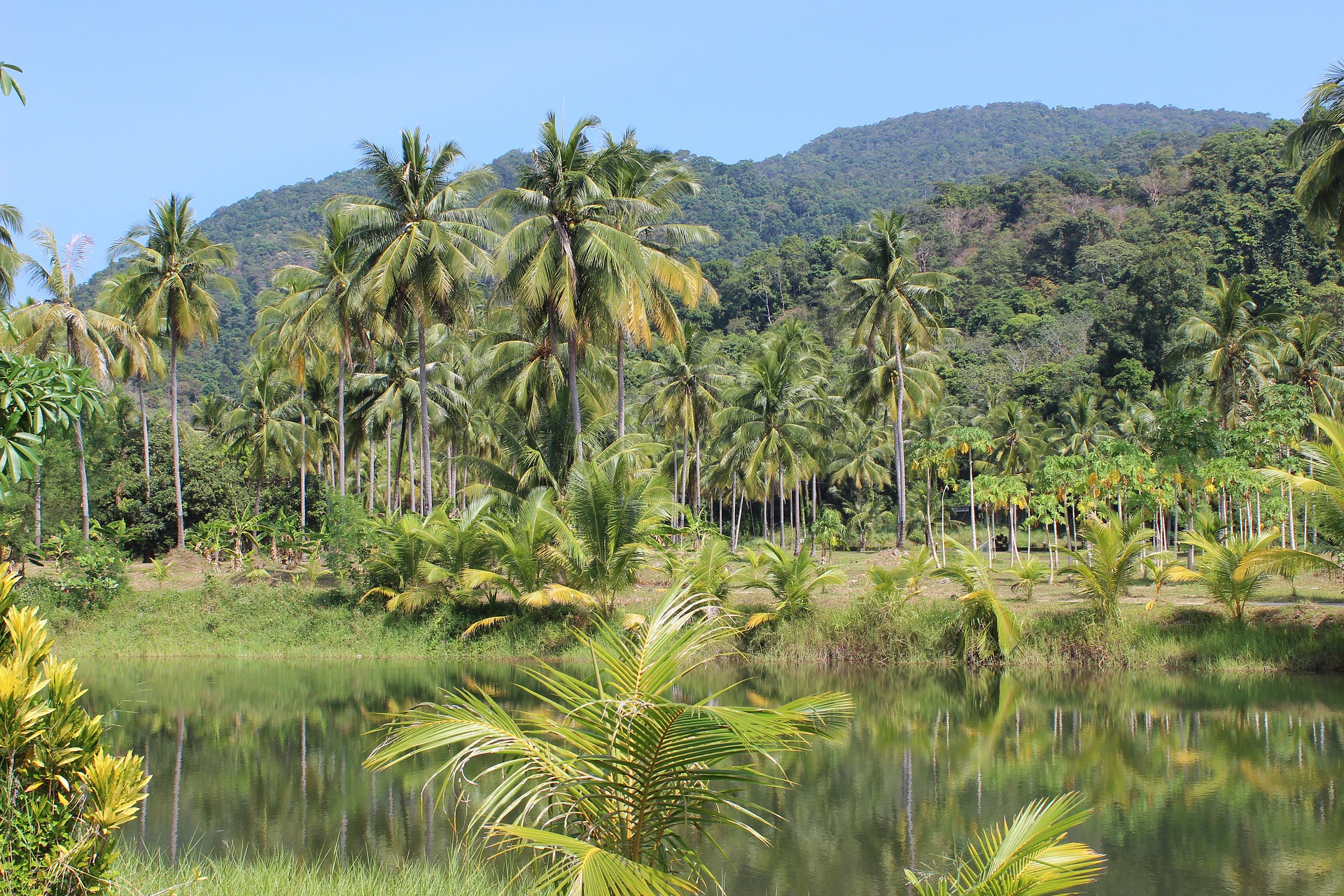
London – Every year the world loses around five million hectares of forest. Actually 95 percent of this occurs in the tropics. At least three-quarters of this is driven by agriculture, by clearing forests to grow crops and raise livestock.
Since the arrival of people to Aotearoa about 850 years ago, three quarters of the country’s native forest area has been lost. About half of the loss happened before Europeans arrived, mostly through burning to clear large areas of native bush.
From 2001 to 2021, New Zealand lost 1.36 million hectares of tree cover, equivalent to a 12 percent decrease in tree cover since 2000.
If the world wants to tackle deforestation it needs to understand two key questions: where the planet is losing most forests and what activities are driving it. This will help target efforts towards specific industries, products, or countries where they will have the greatest impact.
Researchers at Global Forest Watch estimate that global deforestation in 2019 was around 5.4 million hectares.
One-third of tropical deforestation happened in Brazil, according to Our World in Data. That was 1.7 million hectares each year. The other single country where large forest areas are lost is Indonesia which accounted for 14 percent. This means about half of tropical deforestation took place in Brazil and Indonesia.
The expansion of pasture lands have also had a major impact on land use in the rest of the Americas, outside of Brazil, Latin America accounted for around one-fifth of deforestation.
The expansion of agricultural land in Africa accounted for around 17.5 percent of deforestation. This may slightly underestimate the loss of forests in Africa, for two reasons.
Much of Africa’s deforestation has been driven by subsistence agricultural activities, which are not always fully captured in national statistics.
Depending on the permanence of agricultural activities such as slash-and-burn farming, some of this forest loss might be classified as temporary forest degradation rather than permanent deforestation.
Beef stands out immediately as a major cause. The expansion of pasture land to raise cattle was responsible for 41 percent of tropical deforestation. That’s 2.1 million hectares every year , about half the size of the Netherlands.
Most of this converted land came from Brazil; its expansion of beef production accounts for one-quarter (24 percent) of tropical deforestation.
This also means that most (72 percent) deforestation in Brazil is driven by cattle ranching.
Palm oil and soy often claim the headlines for their environmental impact. They are categorised as oil seeds, which also include a range of smaller commodities such as sunflower, rapeseed, and sesame.
They drove 18 percent of deforestation. Indonesian palm oil was the biggest component of this. In neighbouring Malaysia the expansion of oil seeds was also a major driver of forest loss. Soybeans are the most common oil seed in Latin America.
While many people immediately think of food products such as tofu or soy milk, most of global soybean production is used as feed for livestock, or biofuels. Just six percent is used for direct human food.

